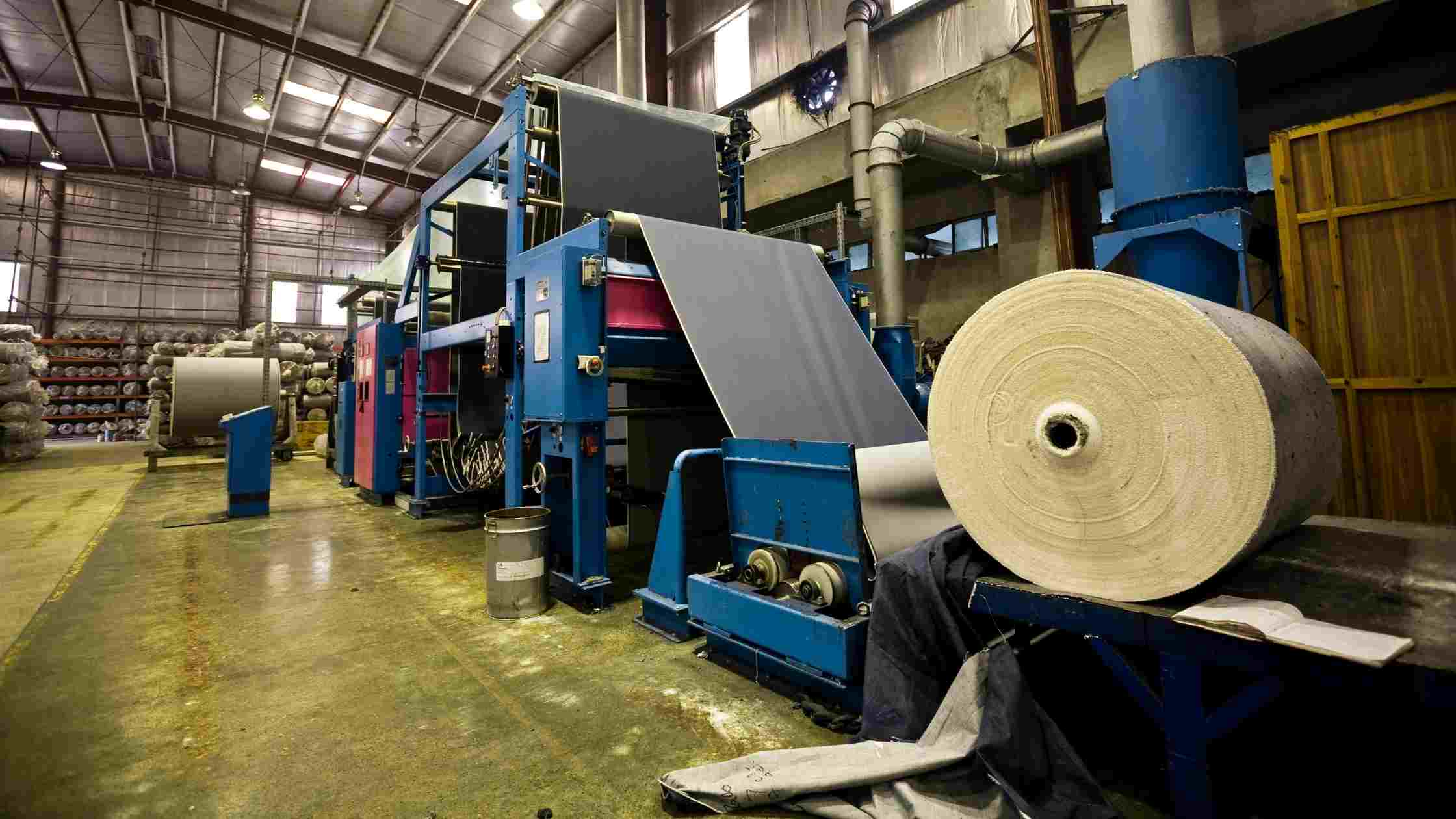
From growing crops to pre-treating fabric, washing, bleaching, rinsing, etc., it’s obvious that traditional textile production uses water throughout the process. In fact, the global average water consumption to produce just 1 kilo of cotton is 10,000 liters. However, this means the more water that is used, the higher odds of cross-contamination. Plus, it’s unclear as to how much damage the environment is suffering from because of excessive water consumption and chemical usage.
Companies like Uniforms by Creative sought to resolve some of the issues associated with this problem by employing the use of a dry dying technique. This method uses liquid CO2 rather than water, which reduces water utilization by 99%, chemicals by 70-89%, and energy costs by 50-65%. With this technique, less due is required and any residue left behind can be extracted and recycled. Plus, the CO2 can be recycled, too.
However, more recently, the Cape Peninsula University of Technology in South Africa developed a prototype textile waste water one-stop treatment reactor. Nano-powders, locally developed, removes the dye from water almost instantly, which allows factories to re-use it. The technology is now processing to industry trials.
What once was a terrible textile for the environment, polyester can now be 95% manufactured from recycled plastic bottles. The bottles are broken down into flakes, which are then melted to extrude a fiber used to create suiting material. This recycled yarn has doubled its market share in 10 years and many uniform manufacturers have jumped onto this technique, employing its use in factories worldwide.
A consortium of European companies is developing a system called Fibersort, which can separate large amounts of garments by fiber automatically, so that single-material clothing can be used to create new garments. The fabric runs through a machine that shreds it into yarn and then into raw fiber for spinning back into new yarn. This process can divert billions of tons from landfills and reduce the amount of energy, water, and dye used to produce the new products. This process scored an impressive 1 in the Higg Materials Sustainability Index compared to the 11.9 that’s typically earned by organic cotton and 60.5 for conventional cotton.
Because of its dye-ability and durability, cotton is the primary choice for apparel, but it’s prone to creasing. This is due to chemical chains that don’t stretch. When it’s crushed, or bent, they break and the broken ends split past each other and bond with other chains, effectively resolving itself into a new shape. A wrinkle, basically.
Scientists have worked to reduce the levels of the chemicals present in cotton and legislation in other countries have outright banned it entirely. While others have developed a formaldehyde-free application that contains citric acid and xylitol made entirely of renewable raw materials. The downside to this method is how expensive these reagents can become.
As a result, there’s been a gradual shift to polyester, making it the number one choice for garments and uniforms. And because of this shift, efforts have been invested in improving the fabric’s breathability, durability, comfort, and wrinkle-resistance.
A jacket has been developed by the Ministry of Supply that has a built-in heating element, which uses A.I. to learn and keep the wearer at their preferred temperature in alternate environments. The tech in this garment is also voice-controlled (AWESOME), and automatically senses movement and body and outside temperature. It can also be used to wirelessly charge a mobile phone when placed in the pocket.
Waterproof radio frequency ID tags can be sewn in or heat-sealed to each item of uniform during the manufacturing process. This essentially allows garments to be uniquely identified and seamlessly tracked using handheld readers, or equipment such as conveyors at pick-up and drop-off stations.
The technology minimizes the loss of items, and offers an extra level of safety for high-risk businesses. It replaces fading garments based on the number of uses and cleaning as opposed to set time periods, reducing orders.